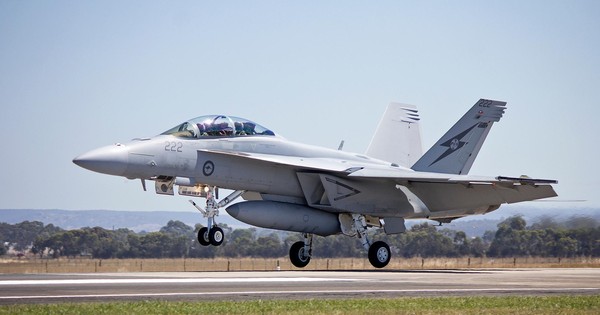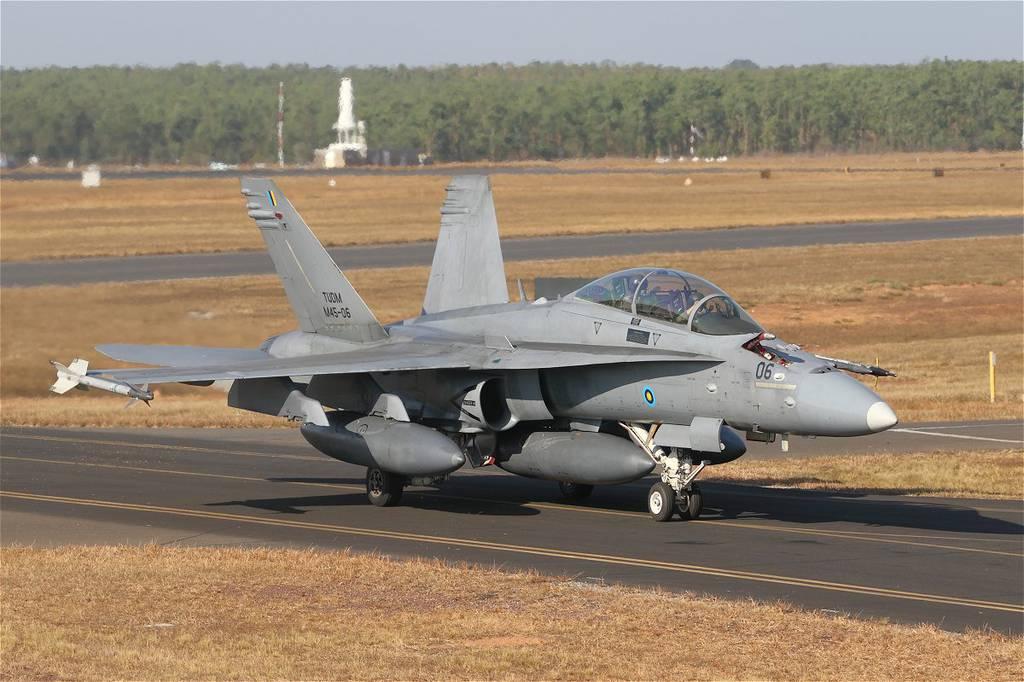The F/A-18 Hornet is more than just a fighter jet; it is a symbol of adaptability, power, and precision in modern air combat. Since its introduction into the U.S. Navy and Marine Corps in the 1980s, the Hornet has established itself as one of the most versatile and reliable aircraft in military aviation. Its ability to seamlessly transition between air-to-air and air-to-ground missions has made it an indispensable asset in various conflicts around the world. This aircraft’s legacy is not just one of technological achievement but also of the brave pilots who have pushed its limits to ensure the safety and success of countless missions.
Born from Necessity
The F/A-18 Hornet was born out of a necessity for a new generation of fighter aircraft that could meet the diverse needs of the U.S. Navy and Marine Corps. The Vietnam War highlighted the limitations of existing aircraft, which were often specialized for either air-to-air combat or ground attack but not both. The Navy needed an aircraft that could perform a wide range of missions, including fleet air defense, interdiction, close air support, and reconnaissance, all while operating from the deck of an aircraft carrier.
Developed by McDonnell Douglas (now part of Boeing) and Northrop, the F/A-18 Hornet was designed to be a multirole aircraft capable of adapting to various combat scenarios. Its twin-engine design provided the necessary power and redundancy, while its aerodynamic structure ensured maneuverability and stability at both high and low speeds. The Hornet’s advanced avionics allowed pilots to switch between different mission profiles with the flick of a switch, making it a true “jack of all trades” in the sky.
A Proven Combat Record
Since its first deployment in 1986, the F/A-18 Hornet has seen action in numerous conflicts, proving its worth time and again. It made its combat debut during Operation El Dorado Canyon in 1986, a series of airstrikes against Libyan targets in response to terrorist attacks. The Hornet’s performance during this operation validated its role as a formidable strike aircraft.
The Hornet’s combat prowess was further demonstrated during the Gulf War in 1991. Tasked with both air superiority and ground attack missions, the F/A-18s played a crucial role in establishing air dominance over Iraq. Notably, on the first day of the war, an F/A-18 shot down an Iraqi MiG-21, marking one of the earliest air-to-air kills of the conflict. The Hornet’s ability to carry a wide variety of weapons, from air-to-air missiles to precision-guided bombs, made it a versatile platform for the diverse mission requirements of the Gulf War.
In subsequent conflicts, including the wars in Iraq and Afghanistan, the F/A-18 continued to serve with distinction. Its flexibility allowed it to provide close air support to ground troops, strike high-value targets, and engage enemy aircraft, all while operating from the deck of an aircraft carrier in some of the world’s most challenging environments.

Technological Advancements and Upgrades
The success of the F/A-18 Hornet can be attributed not only to its initial design but also to the continuous upgrades it has received over the years. The F/A-18C and D models introduced significant improvements in avionics, radar, and weapons systems, further enhancing the aircraft’s capabilities. The advent of the F/A-18E/F Super Hornet, a larger and more advanced variant, has ensured that the legacy of the Hornet will continue well into the 21st century.
The Super Hornet boasts increased range, payload capacity, and survivability, making it even more formidable in modern warfare. It also incorporates stealth features and advanced electronic warfare capabilities, ensuring that it remains a potent force on the battlefield. The Super Hornet is expected to serve as the backbone of the U.S. Navy’s carrier air wings for decades to come.

A Legacy of Excellence
The F/A-18 Hornet’s legacy is one of excellence in military aviation. Its adaptability, proven combat record, and continuous evolution have made it a cornerstone of U.S. air power. As the Hornet continues to serve alongside its more advanced counterparts, it stands as a testament to the enduring value of innovation and versatility in the face of ever-changing threats. The F/A-18 Hornet is not just a fighter jet; it is a symbol of American air superiority and a legacy of courage and dedication in the skies.





